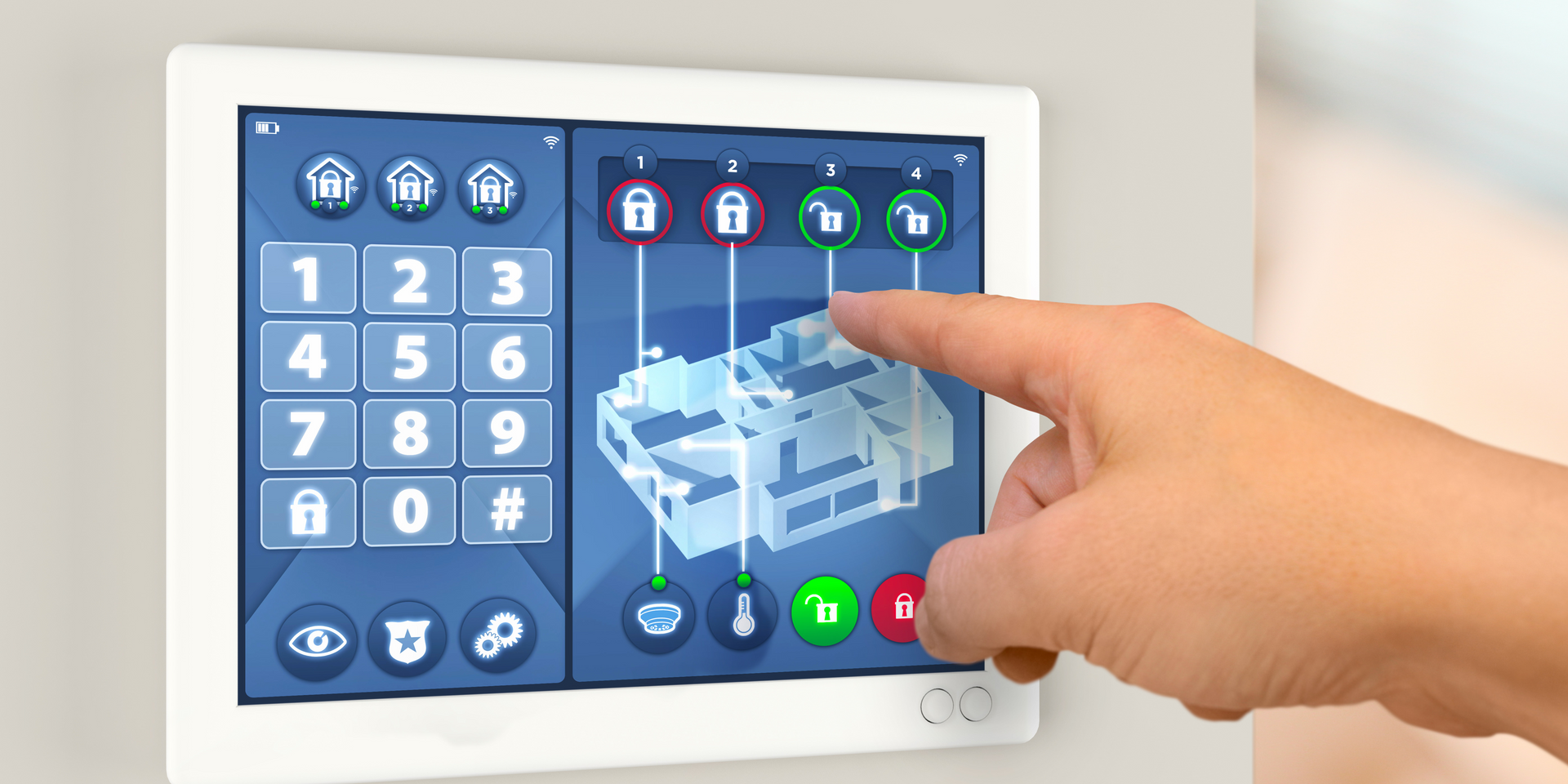The Energy Efficiency of LEDs
The Energy Efficiency of LEDs and who Provide Intuitive LED Lighting Conversion Solutions
With Empowered Automation, you can find both value and efficiency with Empowered LED Turnkey Services. Let us provide you with effective and efficient LED lighting conversions. Empowered understands the complex aspects of vetting the appropriate LED solution as each facility can be unique. Our turnkey service has the features you need to implement a successful LED lighting conversion, including:
The world is now lit up with LEDs , the light-emitting diode that has revolutionized the way we light up our cities and homes. It continues to gain ground and many have been won over by its energy efficiency, promising more savings on the monthly bill. Even the RATP could not resist, and embarked on the replacement of nearly 250,000 light spots in metro and RER stations. So the ultimate question arises: can we boost our energy efficiency with these little diodes?
Did you say energy efficiency?
According to the International Energy Agency, lighting alone represents nearly 20% of world electricity consumption – we are talking here about floor lighting but also traditional lamps – a figure that continues to grow. This percentage made us think at length about how we manage energy and how we can measure and manage our consumption while respecting the environment. You may have already heard of energy efficiency, an expression that has become known recently, especially in the field of real estate and housing.
This term designates the fact of minimizing the energy used while optimizing its consumption. Known as an energy label, this measurement makes it possible to determine a relationship between energy and cost for our main electrical appliances and buildings.
It seems that the energy label initiative is a first step towards strengthening our energy efficiency, making consumers aware of the amount of energy consumed. Each product is now subject to this labeling illustrating a classification from A to G, with A + / A ++ indicating the various progress.
Towards Sustainable Lighting
Of course, our main energy consumption is lighting. The European Union has made this its priority recently since we have switched from incandescent bulbs to LED bulbs – it has also reinforced this measure by banning old incandescent bulbs of less than 100W. It would therefore seem that the Union is committed to protecting the environment and wishes to promote energy saving as well as reduce greenhouse gas emissions threatening our planet.
The colossal LED market attracts many investors bursting with eco-design ideas and the creation of ultra-efficient LED lighting, thus promoting energy efficiency. Empowered Automation is one of them, and aims to develop new ideas in order to optimize energy saving.
High Energy Efficiency LEDs
Although we are witnessing an exponential development of LED systems and other eco-lighting projects, it seems that we have not yet exploited all its possibilities. Some projects flirt with the automatic adaptation of our needs to lighting zones.
Links between photovoltaic generators and light-emitting diodes would also offer avenues to explore towards energy saving where two technologies find their place.
You might also like



